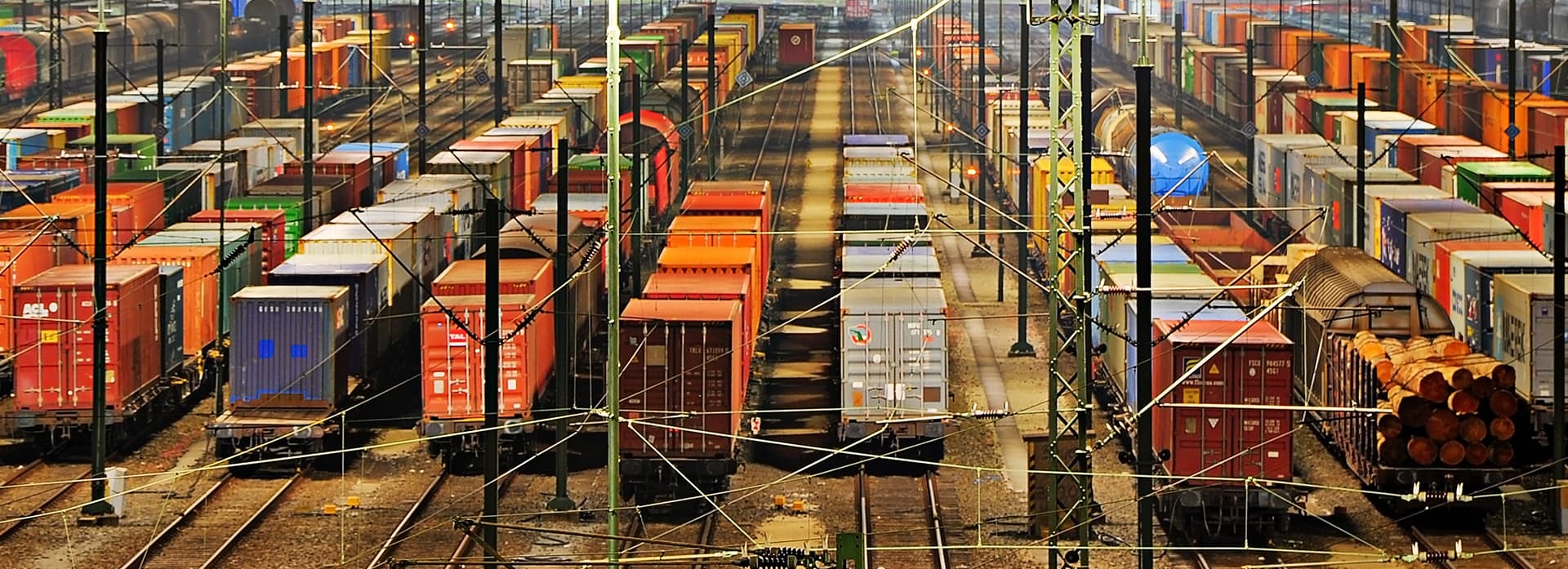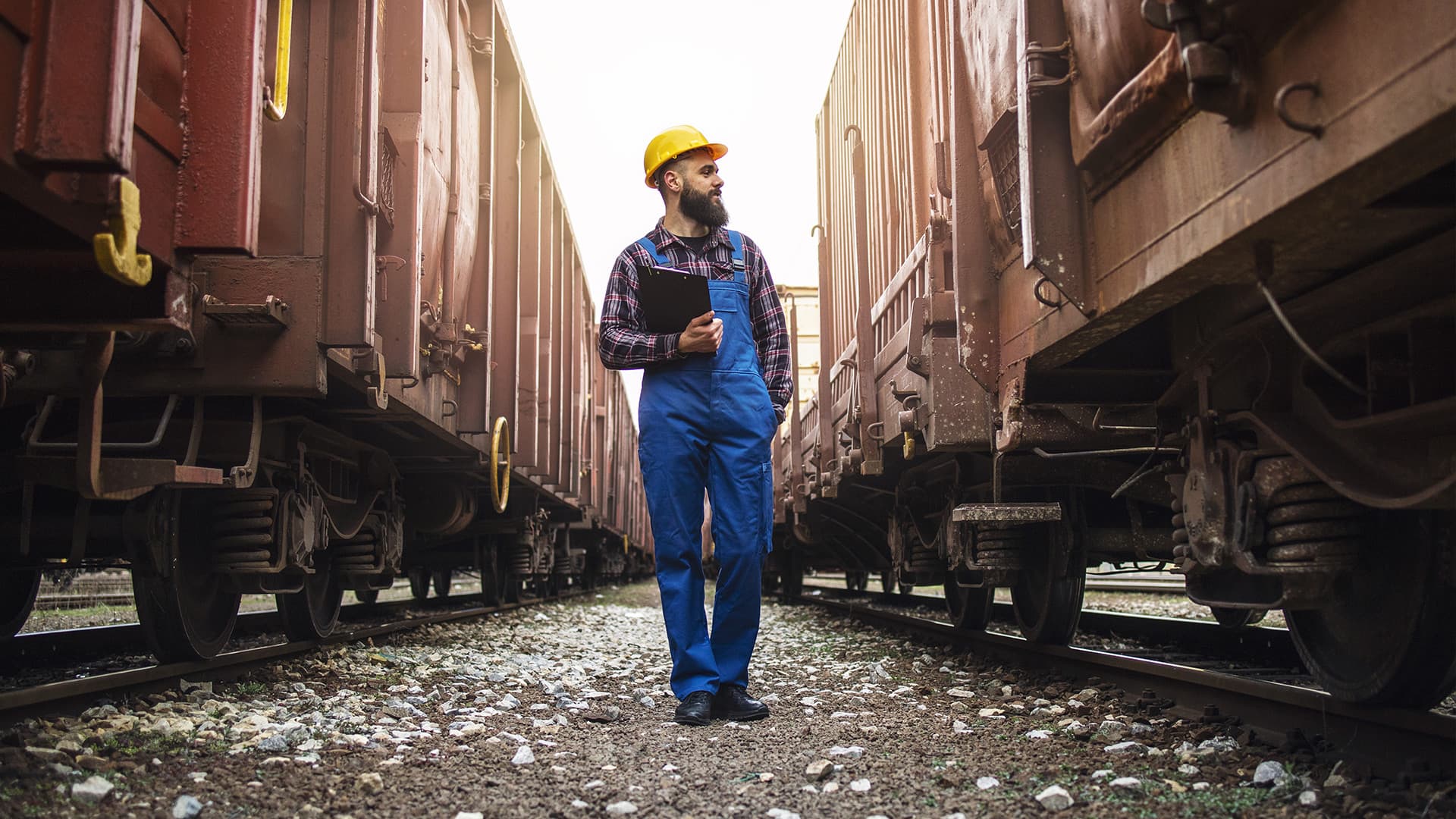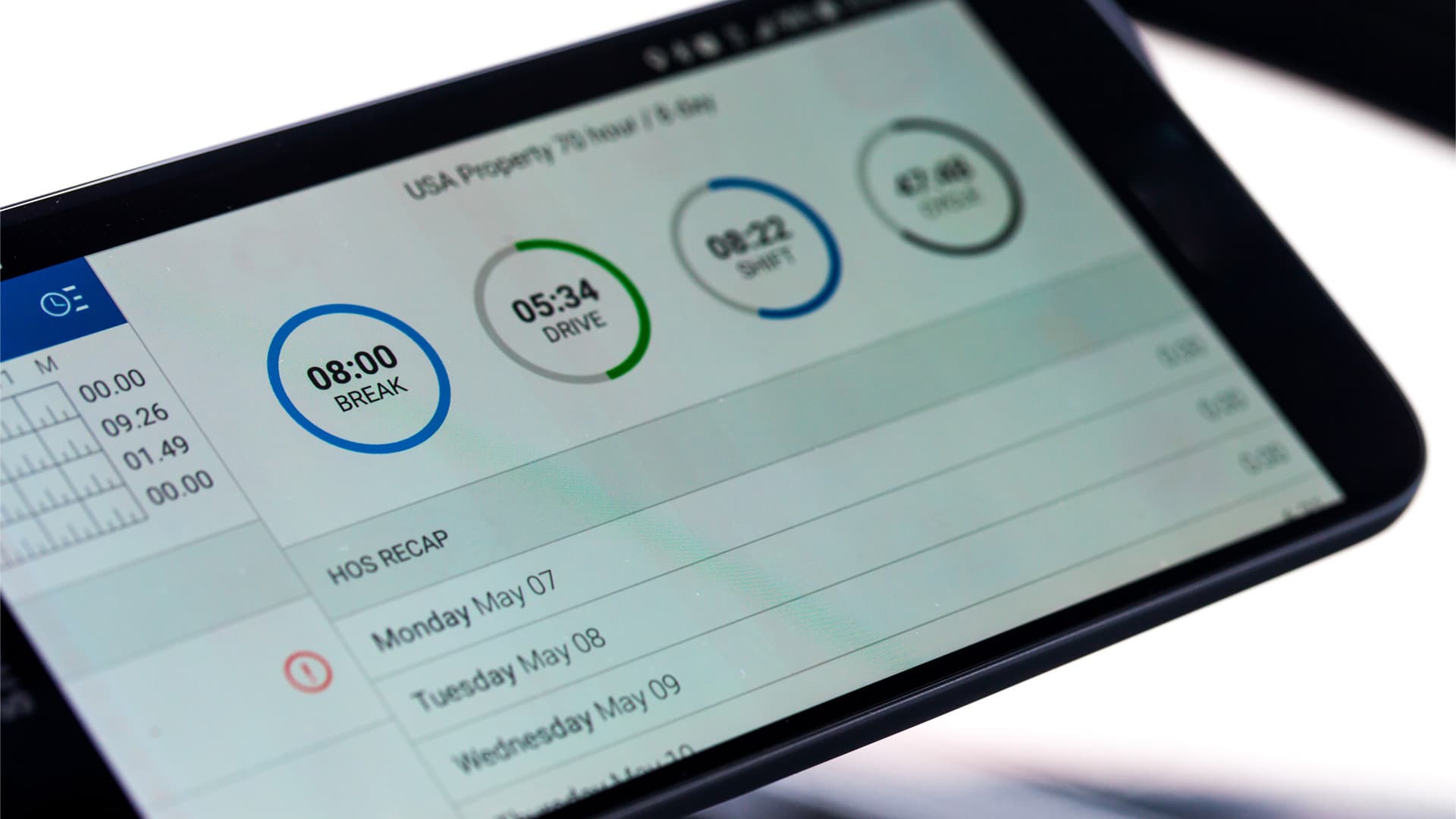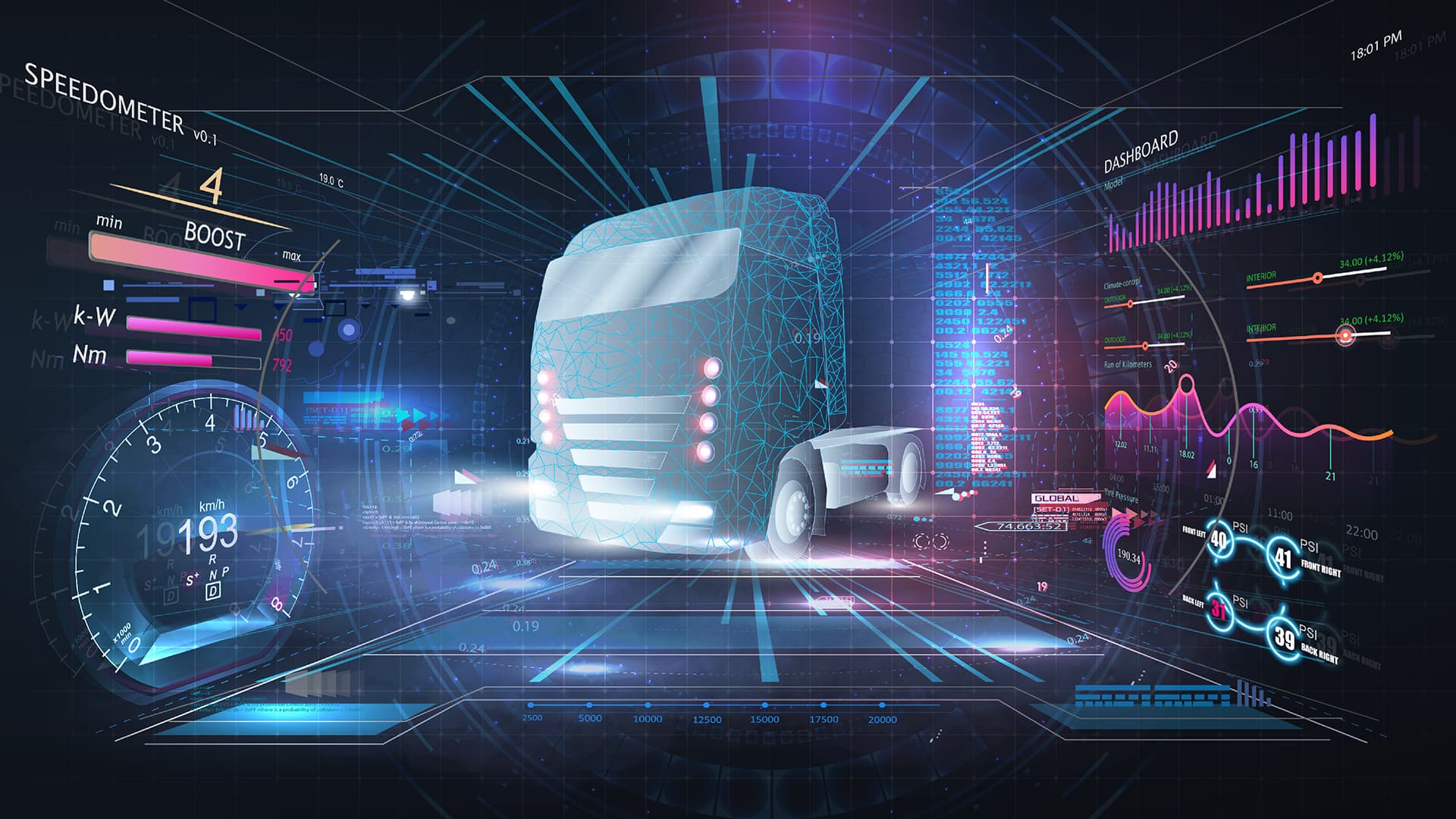
Helping Rail Keep Pace with the Modern, Consumer-Driven Economy
Facing new challenges in 2020, the rail sector needs more digital technology to help it stay relevant and work smarter, better, and faster.
As organizations across all industries invest in digitization that helps them run their supply chains better, faster, and smarter, rail is one sector that’s ripe for innovation in this area.
Combatting the effects of the global pandemic and its resultant impacts on business, the U.S. rail sector also needs technology to help it reduce its dependency on fossil fuels, keep up with shippers’ needs, improve supply chain visibility, and do more with less.
“Over the last five decades, rail transport has faced major headwinds. The transformation of global supply chains has made the logistics business more challenging than ever, with increasing pressure to deliver fast and flexible services at a lower cost,” World Bank points out.
“In that quickly-evolving context, freight rail is grappling with fierce competition from road transport—a trend that will only intensify under the effect of disruptive technologies like autonomous trucks and on-demand mobility services,” it continues. “In addition, railways around the world have been hit by significant government budget cuts, limiting their ability to invest in infrastructure or maintain high service standards.”

Pandemic Pressures
In Supply & Demand Chain Executive, Esri’s Josh Belhadj paints a picture of a transportation sector that’s awakened to these challenges and has begun to put more financial investment, time, and energy into digitization. In Freight Rails Digitize Supply Chain to Compete Amid Pandemic and Climate Change, he says rail operators are using digital tools to gain competitive advantage and offset the impacts of COVID, which pushed total U.S. freight rail carloads down 17.6% in July 2020 vs. July 2019, according to the Association of American Railroads (AAR).
“Railroads must keep pace with the modern, consumer-driven economy that expects shipments to be delivered in a trackable number of days, not weeks,” Belhadj writes. “As a signal of industry changes, precision-scheduled railroading (PSR) focuses on moving freight cars faster and more reliably, freeing up capacity to enable business growth. Many digital innovations are also catalyzing change in the freight rail industry to meet customers’ modern supply chain needs with more precise visibility and predictability.”
Let’s not forget that even pre-COVID, the trucking industry was grappling with driver shortages, reduced capacity, and inferior fuel economy. These issues pushed more shippers to explore the options in rail transport—a trend that rail operators would like to see continue through 2020 and beyond.
“Railroads have made efforts to capture market share,” Belhadj writes, noting that railroads use one gallon of diesel fuel to move a ton of freight 473 miles, a figure that’s four times more efficient than trucking. “This is due in part to trains having a significant friction advantage over trucks and to the adoption of optimized fuel routing systems that prescribe optimal throttle levels through the train’s route based on detailed topographic data, such as hills, slopes, and curves.”
More Visibility, Please
Acknowledging that digital operating systems have been helping manage rail transportation for years, Belhadj says that as these systems become integral to operations, transportation companies are “mining their location data to recreate operations and look for insights to redesign or optimize.” They’re also looking for better visibility both into their customers’ and their own supply chains.
With 80% of U.S. freight moving less than 250 miles, Belhadj expects that number to increase as e-commerce—now being accelerated by the COVID-19 pandemic—allows customers to order a wider variety of goods, promises ever faster delivery times, and allows end-to-end tracking.
“Consumer expectations for fast delivery and shipment visibility ripple through the supply chain as retailers demand visibility from distributors, distributors from manufacturers, and manufacturers from suppliers,” he writes. “Railroads and other transportation providers can no longer operate without transparency, reliability, and velocity.”
World Bank’s industry experts agree. “It is hard to overstate the impact of digitization on the railway sector. In fact, digital technology is disrupting pretty much every component of railway operation,” they point out. It sees advancement in automation, modern control/signaling systems, the Internet of Things (IoT), and communication advancements like 5G as just a handful of the enabling technologies that are helping rail achieve its digitization goals.
“With these breakthroughs, digital development provides a unique opportunity for railways not just to stay relevant,” World Bank adds, “but also to increase their share in the overall logistics market, and to become an integral part of the transition toward greener, more sustainable freight transport.”

A Critical Tool in Rail’s Digitization Efforts
IntelliTrans’ Global Control Tower provides high levels of supply chain transparency; aggregates, completes, and enhances data from a variety of sources; offers visibility into and execution of different aspects of the supply chain; and generates data-driven alerts and analytics that ask deeper questions and deliver meaningful insights.
By leveraging tracking information, the Global Control Tower provides analytics that measures key performance indicators (KPIs) like fleet cycle time, origin/destination dwell time, lane and hauler performance, back orders, freight spend, load optimization, and more. With their rate, equipment, lease, tracking, and invoice data in a central repository that’s accessible 24/7, companies can position themselves for success in any market conditions.








